Learn
- Cols //
- Cycling Tours //
- Learn //
- Ask the experts //
- Shop
How to make the most of your indoor training time?
Maintain and build your fitness and technique whatever the weather
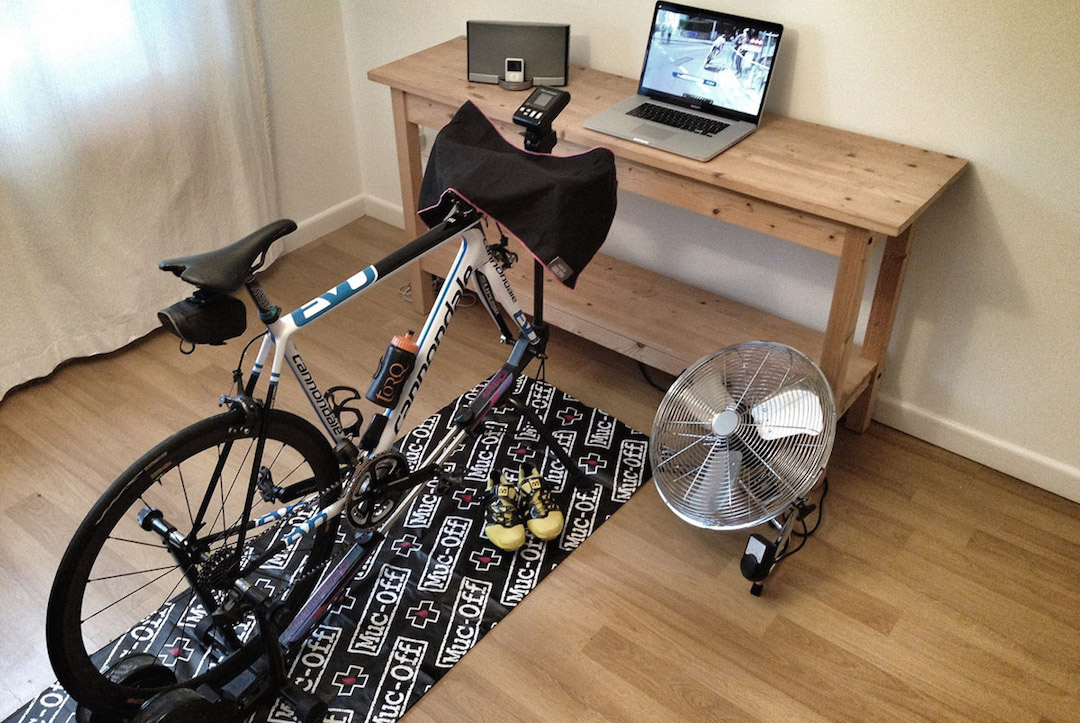
For many cyclists the words “turbo training” may conjure up an image of a darkened sweat-filled room used during the winter or when the weather turns. Whilst turbo trainers may get more use during the colder months there’s no reason why turbo training shouldn’t form part of your year-round plan to help you achieve your fitness goals - from general conditioning all the way through to getting in shape for your first sportive. When it comes to utilising your time efficiently it’s hard to beat the trusty turbo trainer and what’s more it can be done in the comfort of your own home (while the kids are in bed upstairs) or with friends.
Intervals
When you jump on the indoor trainer try to make each session specific, rather than just flicking on the TV and pedaling away. In doing so you’ll find that the time passes more quickly as you’re focused on your workout instead of watching the minutes tick by. To get you started with your interval training, and to keep things fresh, often it’s easier to use specific training tools with on screen instructions telling you when to push hard and when to recover.
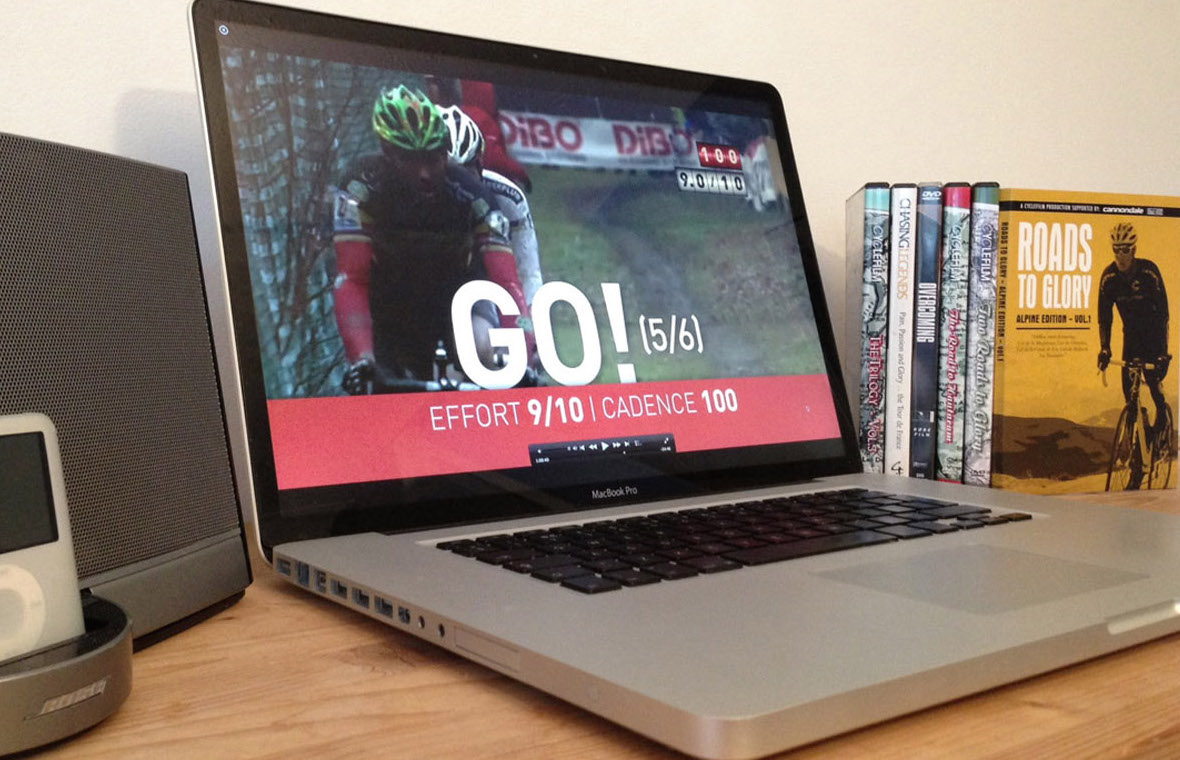
Incorporating regular interval sessions into your training routine can lead to vast improvements in your overall fitness, endurance and speed by increasing your cardiovascular efficiency (the ability to deliver oxygen to your muscles) and ability for your body to manage the build up of lactic acid. There are many forms of interval training but each follow a common thread - integrating periods of high intensity with recovery to form a block of work, often repeated several times. As they are very intense sessions be sure to factor in enough recovery time throughout the week and don’t attempt to do them every day!

Although intervals can be done on the road, the beauty of doing them on an indoor trainer is that there are absolutely no distractions (other road users, traffic lights, roundabouts) to contend with so you really can focus on quality. You’re also not affected by weather conditions which means it’s a much more consistent and repeatable environment to monitor how your fitness is improving over time.
Threshold
The main purpose of threshold training is to enable you to maintain a maximum sustained effort for a longer period of time, or in real-life terms to give you the ability to ride faster for longer. Although it’s similar to performing intervals the main difference is that the sustained effort is generally conducted over a longer period of time, for example 5 minutes up to an hour. Whereas intervals can be as shorts as just a few seconds.
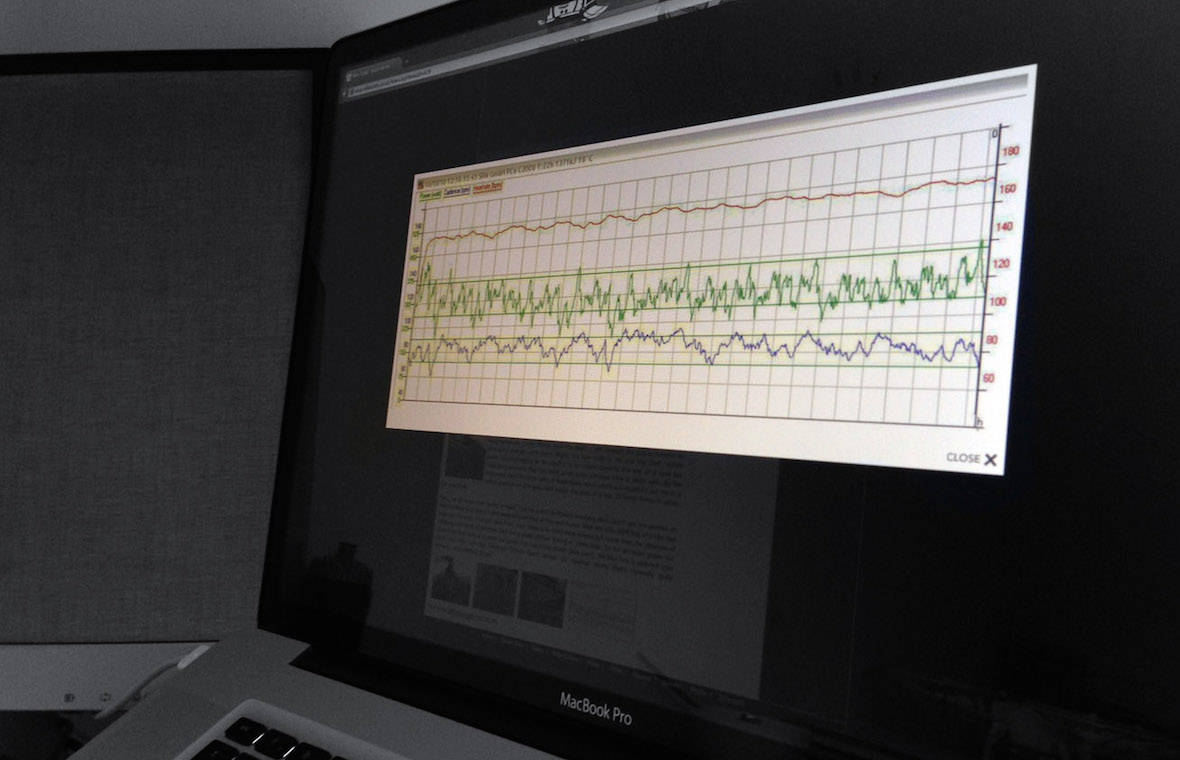
By training at threshold you’ll improve your body’s efficiency to work at higher intensities which can bring many advantages out on the road. A high threshold will see every area of your cycling improve - including climbing, time-trialling and sprinting. You’ll find that as you increase your threshold you’re overall efficiency as a cyclist will also take a step up, allowing you to hang with a faster group in a sportive or push the pace in situations where you may otherwise not have been able to.
20 Minute Sweet Spot
In recent times “sweet spot” training has proven to be an effective way of improving performance as well as making the most of your time. In essence it’s a pace that’s just under your threshold so is a level that you can sustain for a longer period. By riding under threshold you’re not pushing your system into the red, which means you won’t be flooding your muscles with lactic acid. As sessions are less intense than interval and threshold work you’ll need less recovery time which has the added advantage that you’ll be able to perform them more often.
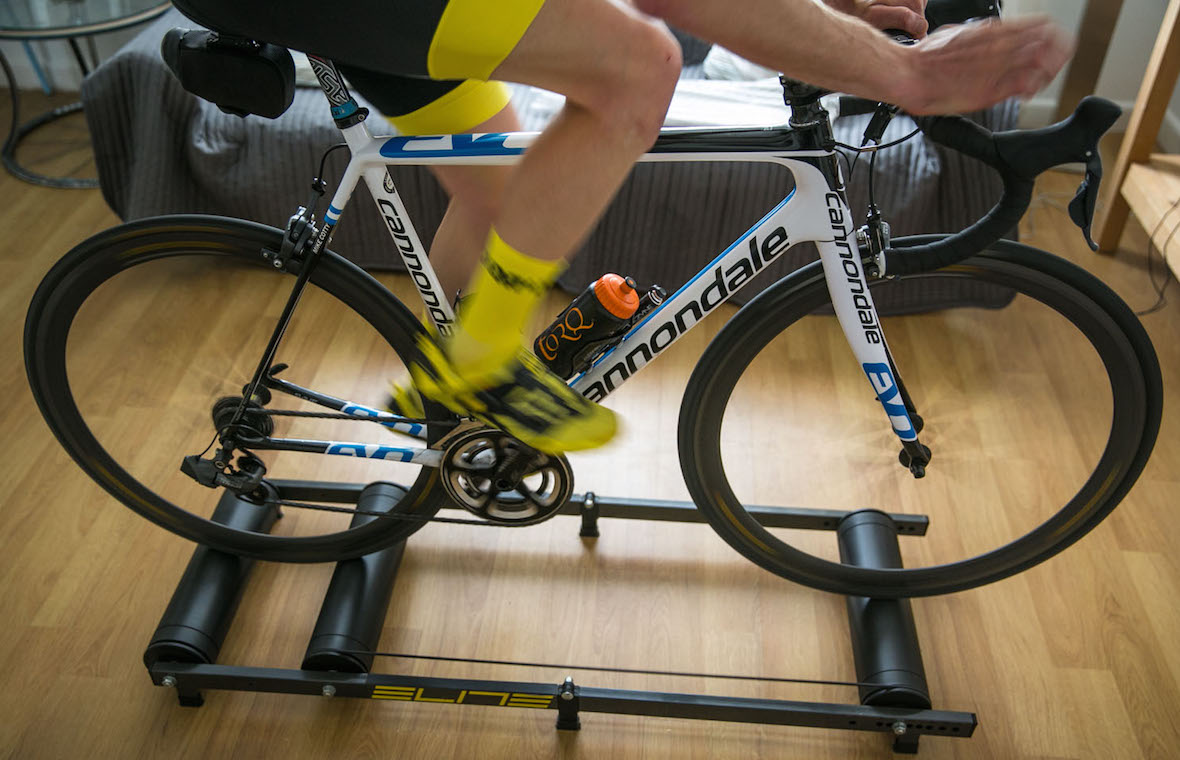
Indoor training doesn’t have to be all about super high intensity floggings. The advantage of the sweet spot session is that you can adapt your workout depending on how much time you have available. The important thing is to hit the sweet spot which is around 90% of your threshold power, or a level that’s just lower than what you would consider ‘hard’. As you’ll still improve your overall threshold this type of session can form a really valuable part of your training plan.
One-Legged Pedalling
Using your indoor trainer will not only benefit your cardiovascular fitness but you can also incorporate specific drills dedicated to improving your technique. Often this is overlooked in favor of sessions that promise the untold virtues of more power and speed but, when it comes to being a better overall cyclist, your technique is just as important to ensure you have a smooth and efficient pedalling stroke.
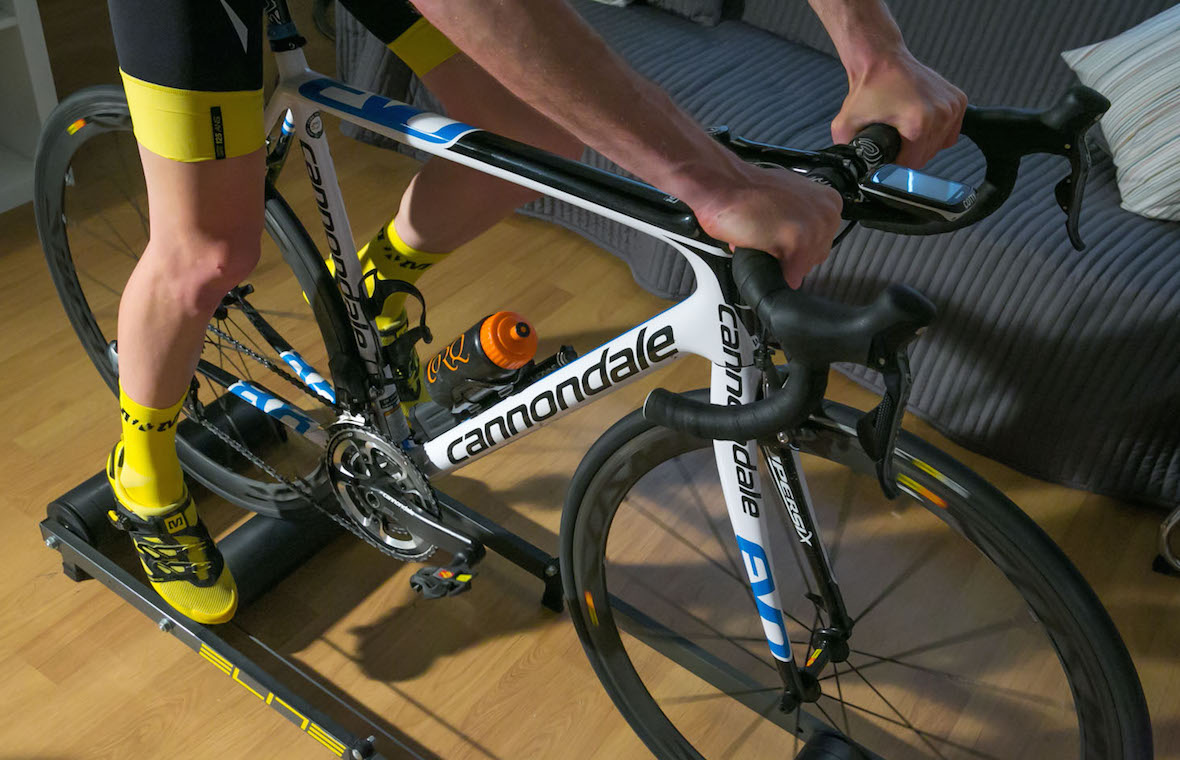
Try pedaling with alternate legs individually for one minute on each side and you’ll soon see if you favor one leg over the other on your push stroke. You may also be surprised at how difficult this actually is. By comparing your speed on each side, or by using a power meter like the Garmin Vector which monitors left and right power output, you can work specifically on any imbalances that you may have. Regular one legged drills will certainly help to improve your overall pedal stroke and can really give the sense of pedalling in circles when you return to using both legs. Aim to keep your upper body still and really focus on using your single leg to pedal. Doing this on the rollers can really help your core stability too.
Turbo vs Rollers
A set of rollers or a turbo trainer each have their own benefits and appeal so it’s a case of looking at how you intend to train indoors and choosing which suits you best. A turbo trainer normally involves clamping the rear of your bike to a frame which houses a roller. Resistance can vary from magnetic, fluid or air depending on the model.
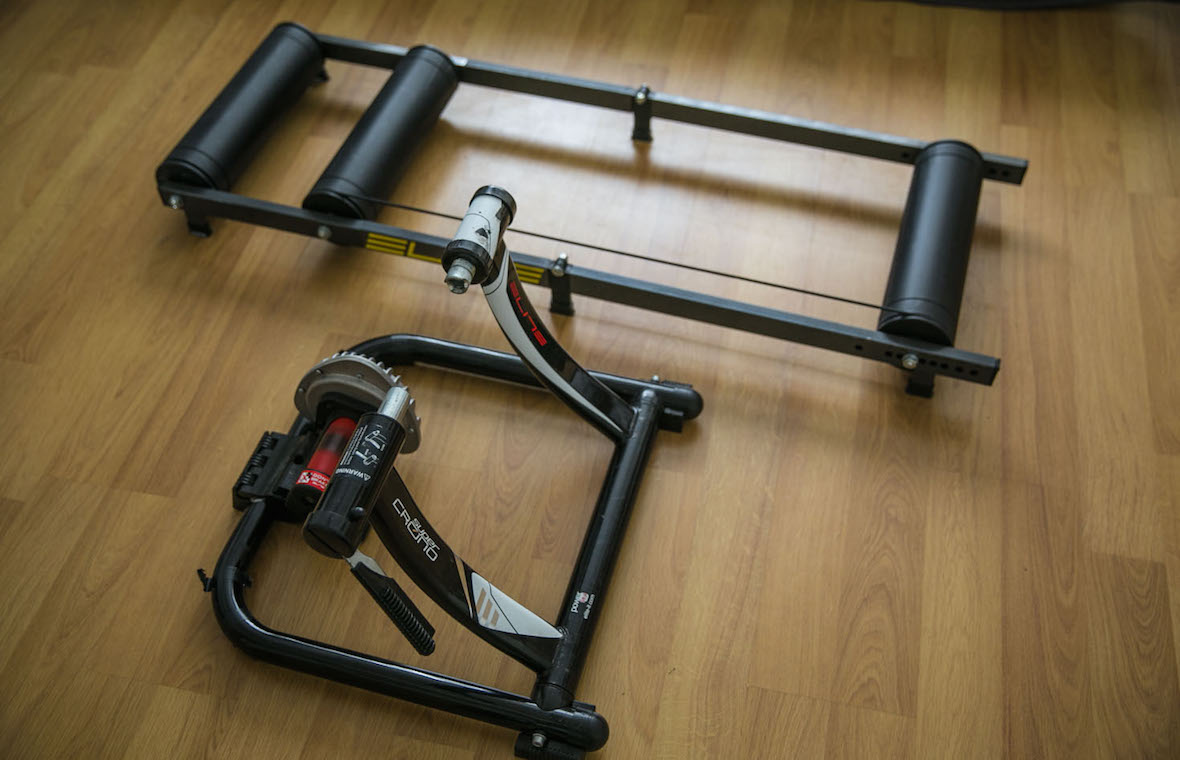
A turbo will fix your bike in place, providing a stable set-up, but one that lacks the overall feel and freedom of riding on the road. One big advantage of a turbo trainer is that you really can stick your head down and just pedal, allowing you to really push yourself with no fear of falling off. It’s also easier to ride out of the saddle than it is on a set of rollers so can be better for those new to indoor training or anyone looking to really push it to the limit.
Pros
- Stability to perform intervals and ride out of the saddle
- Easier to use and a good choice for beginners
Cons
- Can be louder and more effort to set up with a less natural feel than rollers
The rollers are exactly that, three rolling drums two at the rear and one at the front. The front drum is connected to one of the rear drums by a band to keep both wheels spinning at the same speed. These are housed in a frame that you simply balance your bike on and ride. There is no clamping involved so the initial setup is much easier. They do however take a lot more skill to ride on than a turbo trainer.

It will take time to perfect your balance and gain confidence using rollers, however persistence will certainly pay off. Rollers will help improve your technique, balance and pedal stroke as they teach you to ride smoothly. They also feel much more like riding on the road and are generally much quieter than a turbo trainer. You cannot let your guard down when on the rollers which means you have to remain focused on what you are doing (much like on the road) so many consider them to be more enjoyable. They can vary in price as some of the more advanced models now come with variable resistance however a basic set will do exactly what you need to get started.
Pros
- Feels more like riding on the road
- Quieter
- Helps improve technique balance and pedaling technique
- Easy to set up and fun to ride
Cons
- Needs practice to get used to them
- Harder to do high intensity interval sessions and technique training until you are confident on them
I hope that helps keep your legs turning whatever the weather is doing outside.
Enjoy your turbo time!
Mike Cotty
Article first published on roadcyclinguk.com
For more help and advice why not ASK THE EXPERTS
Topic: Fitness · Technique
More advice in this topic

Recovery Tips for Riding a Multi-Day Event

Five tips to help you climb better
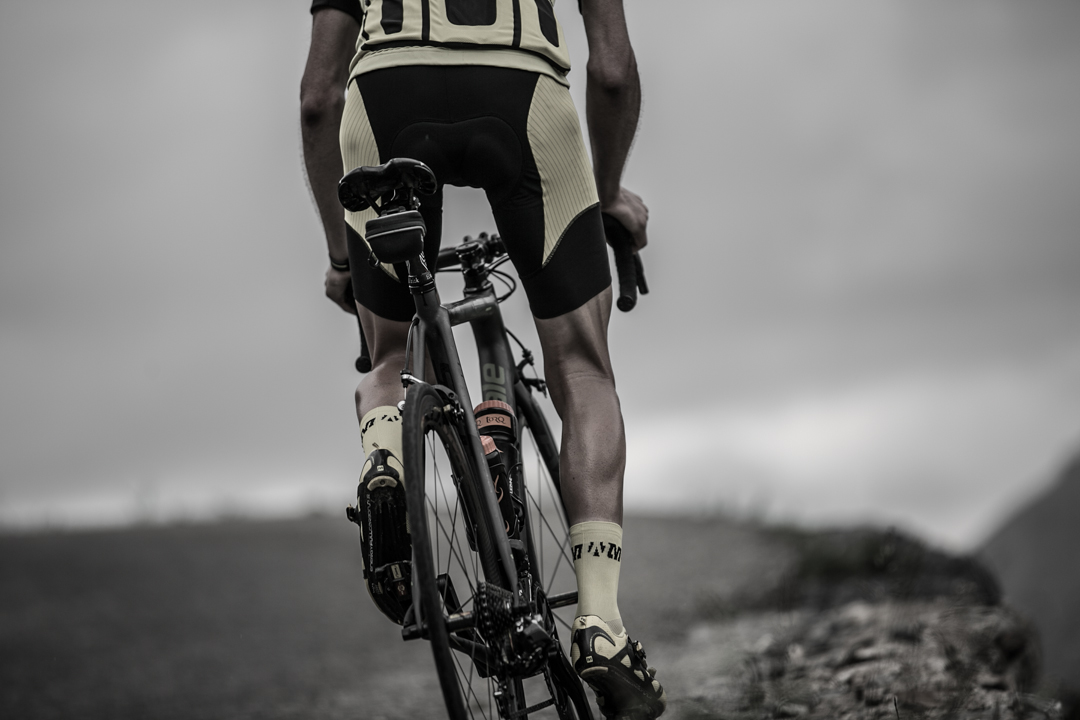
Power to the Pedals - We take a Closer Look at Energy Systems with Torq Fitness

A Beginners Guide to Cycling in the Mountains
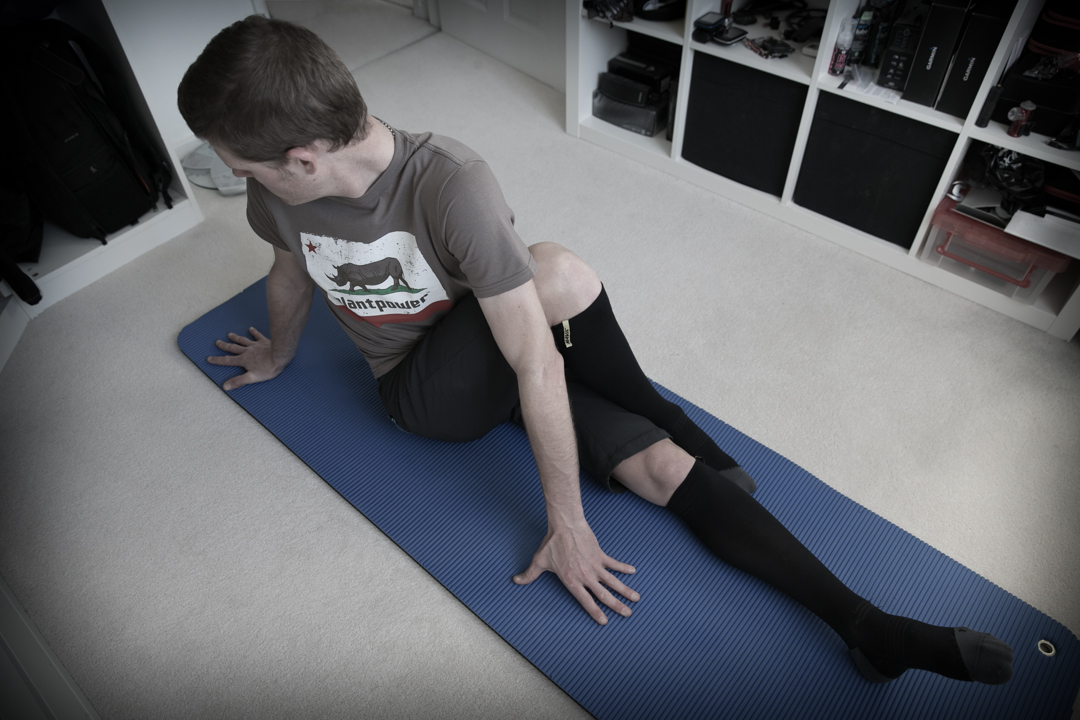
Mike Cotty’s 15 Minute Stretching Routine
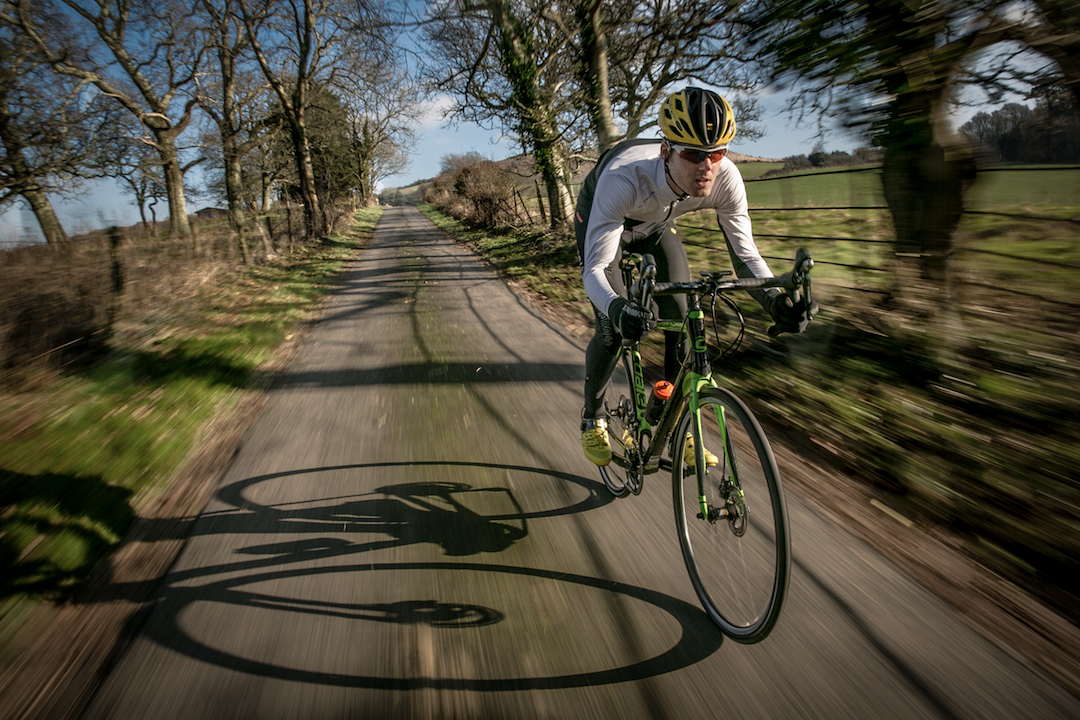
How to train for the mountains if you live on the flat?
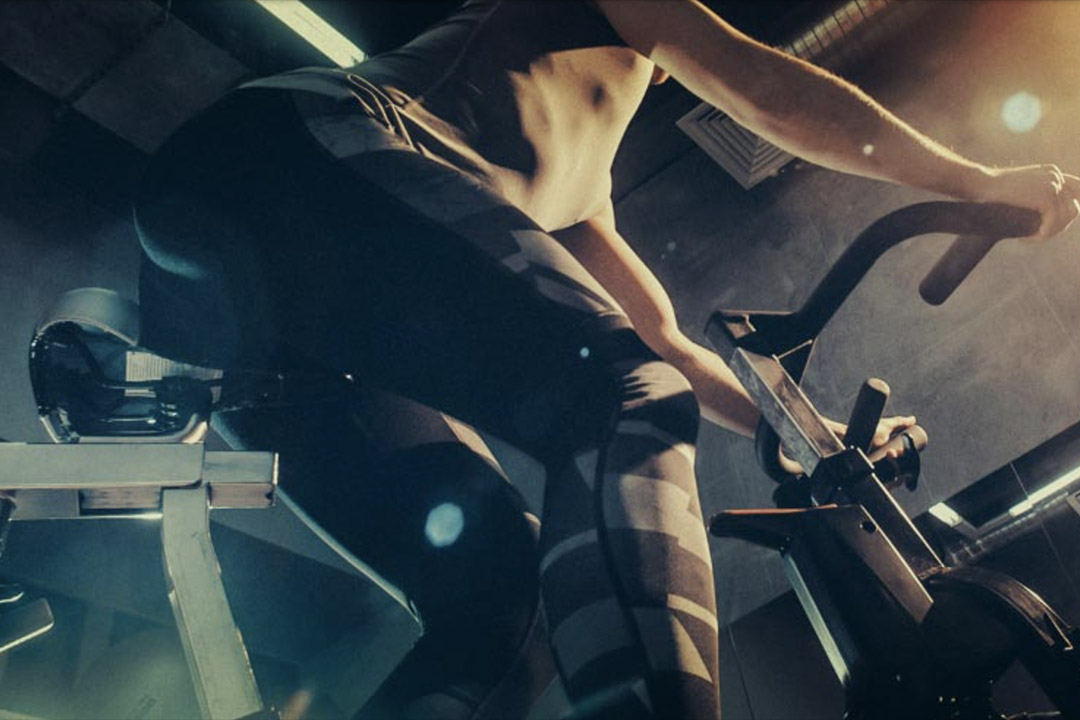
Making the most of your winter training with Torq Fitness












